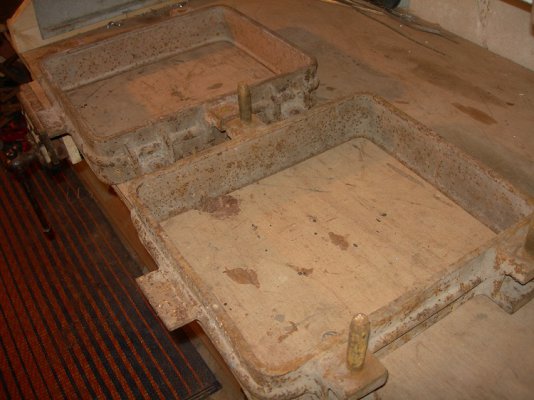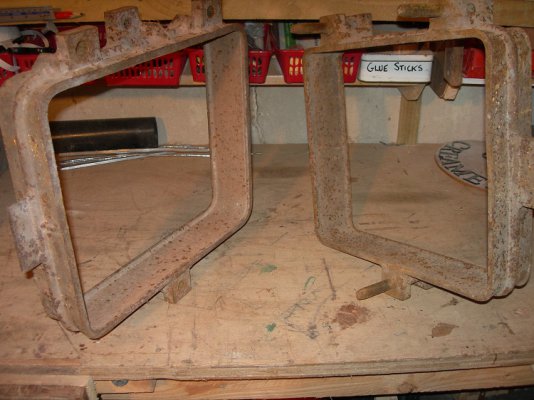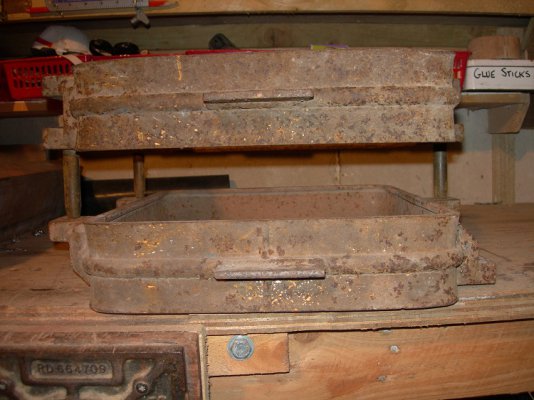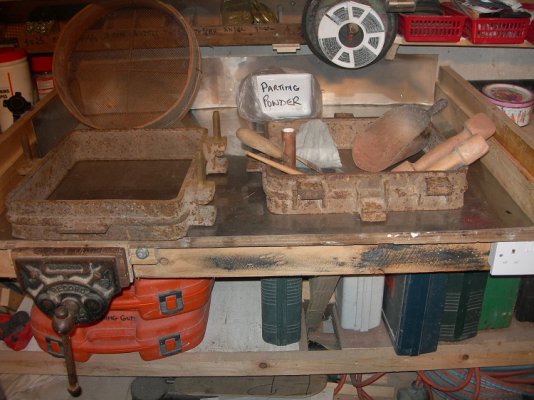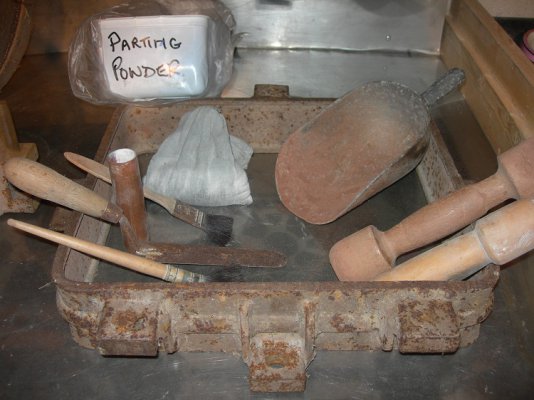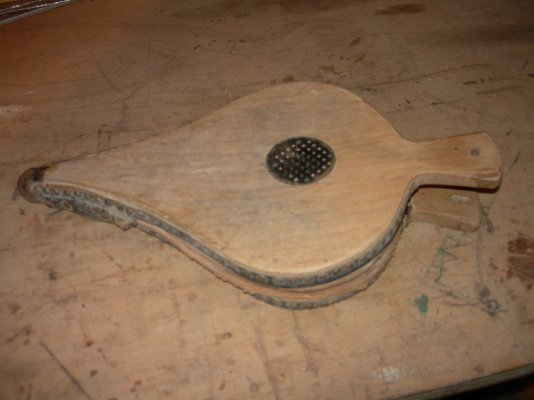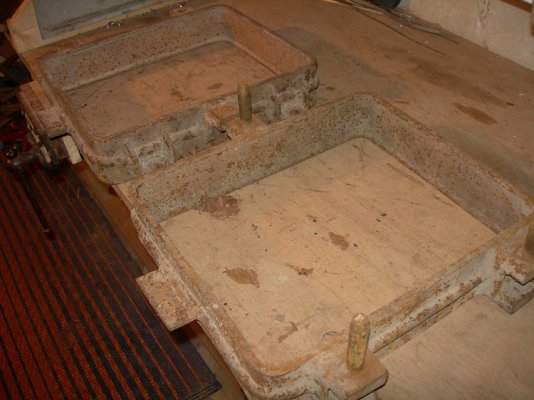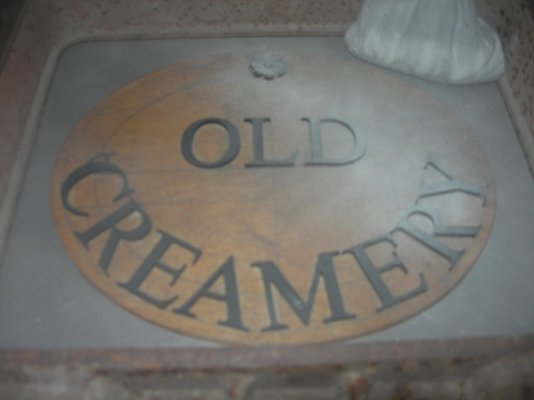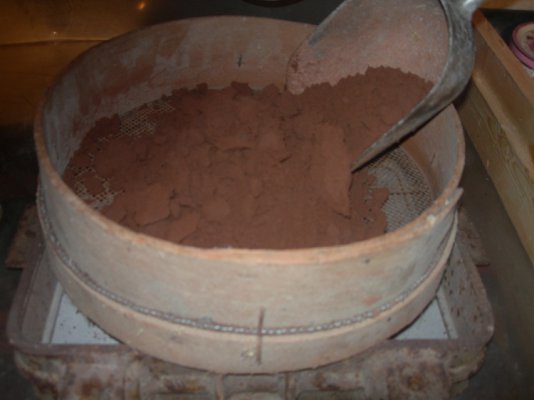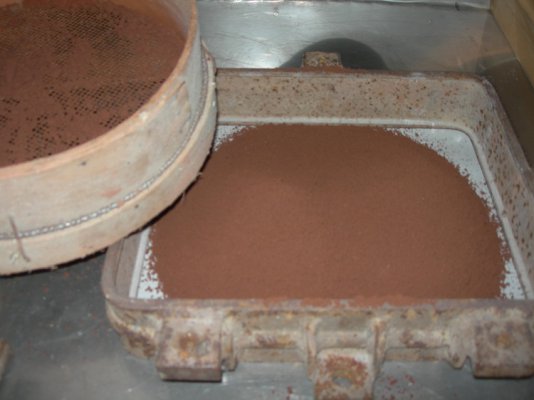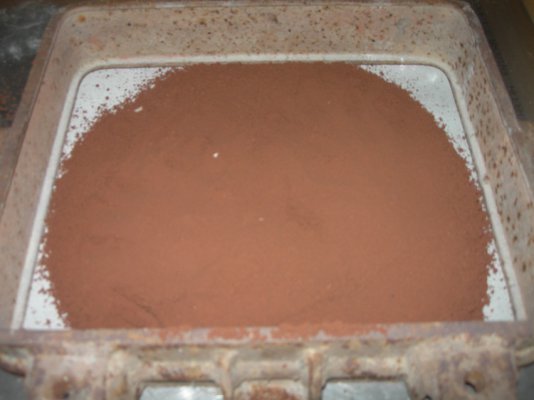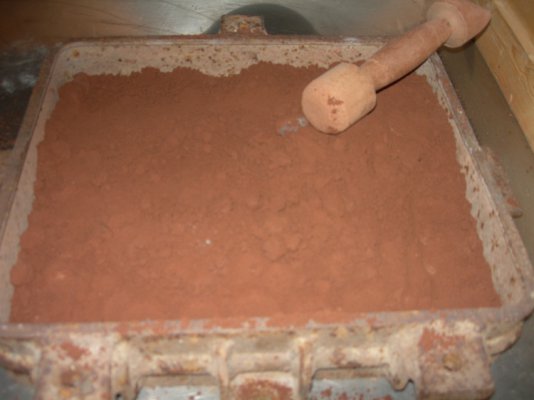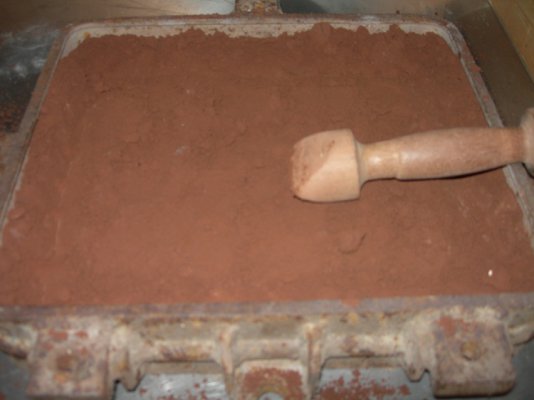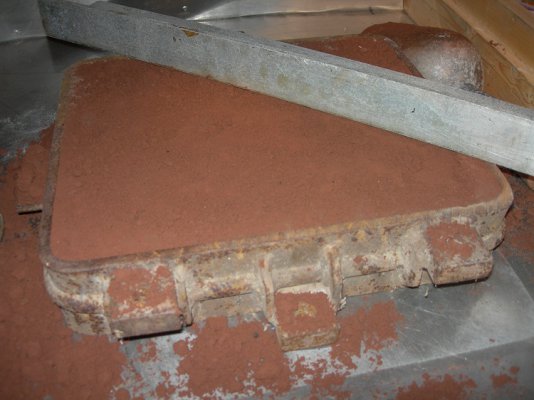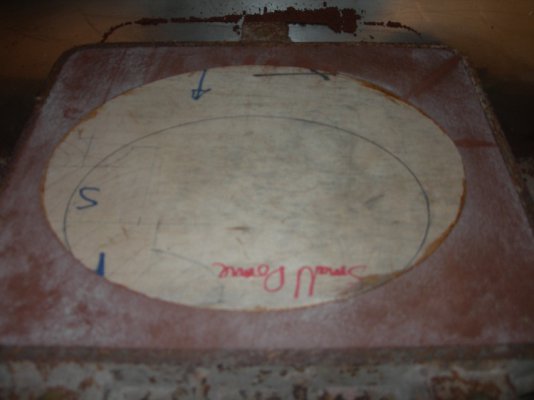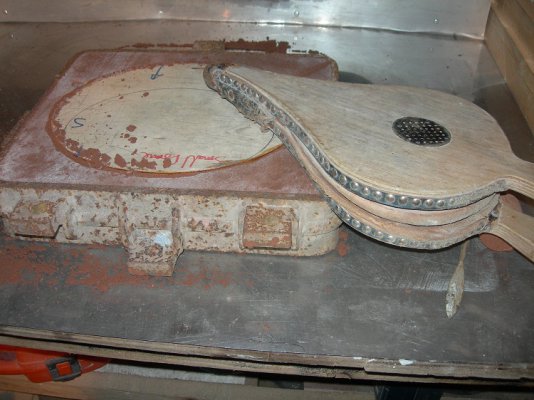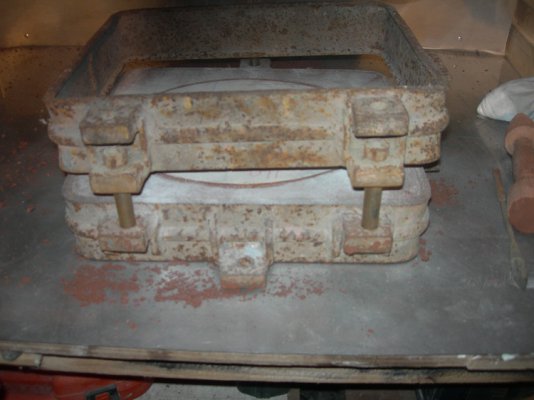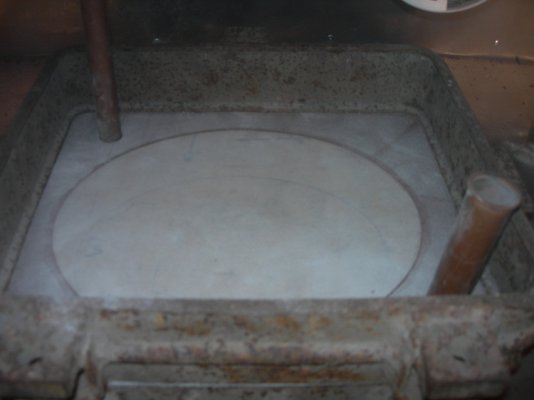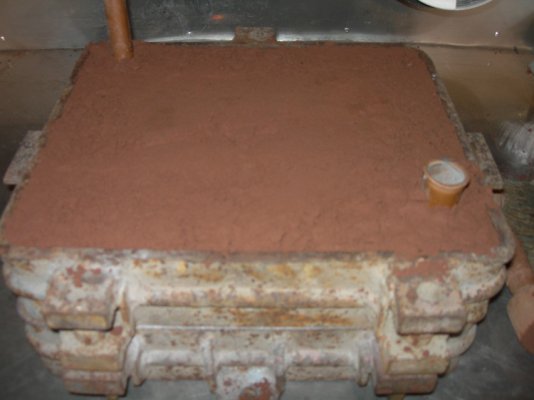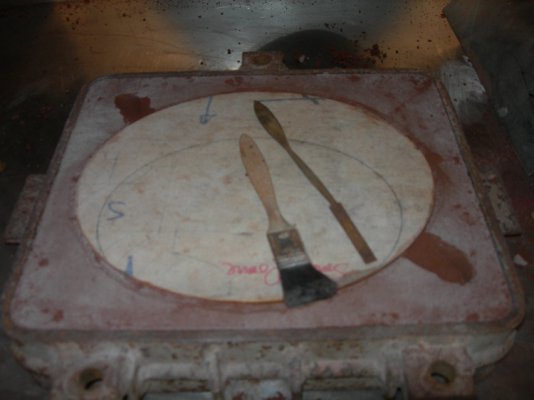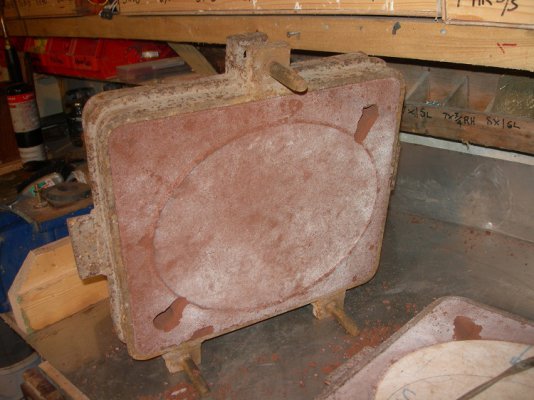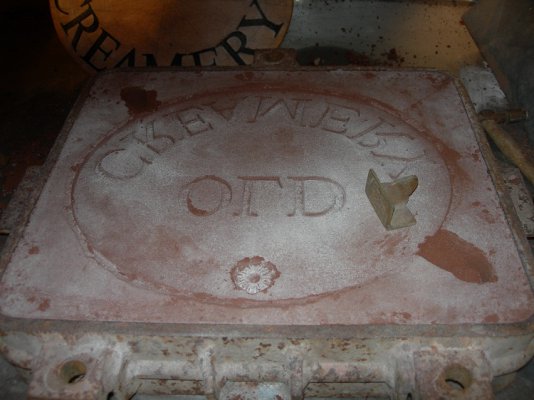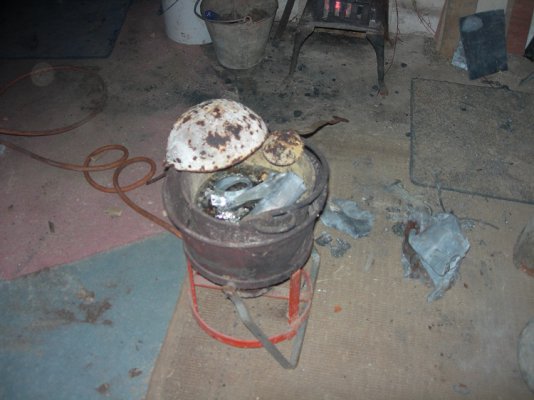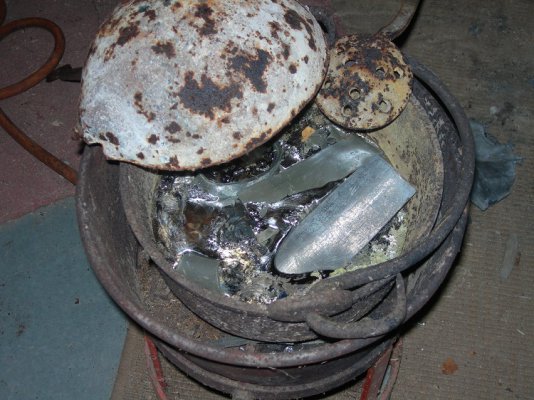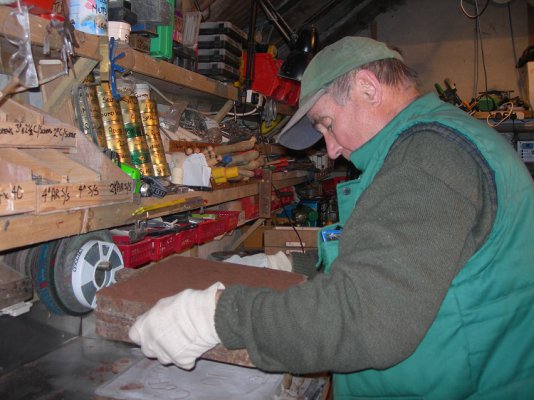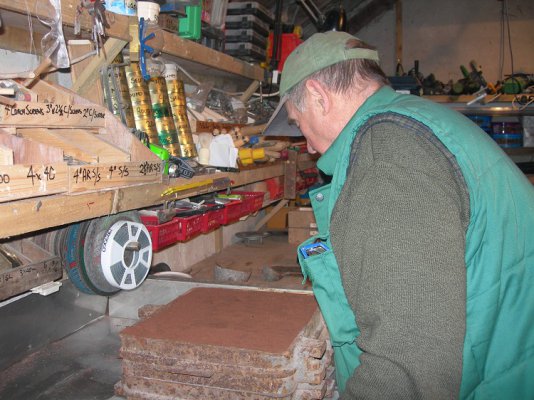DJH
Member
- Messages
- 1,532
- Location
- Co Tipperary Ireland
Somebody said they would like to see how this is done so here we go...I suppose I should say that this is the way I do this and I'm not saying that it's right or wrong so please don't blame me.Other people might do it differently 
A friend asked me to make him a house nameplate for his son who has just restored a period property. As I want to explain each step of the way along with the photos it's going to take some time so bear with me.
As he wanted an oval plate I've cut one out of some quarter inch birch faced ply which is most suitable for pattern making as it has an unblemished smooth face and doesn't warp as much as other plywoods.
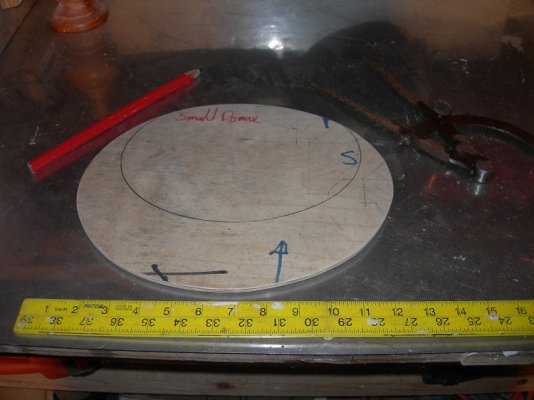
The plastic letters are fixed to the pattern with glue in the configuration that in this case was thought best mainly because of the greater number of letters in the second part of the house name. The font is Times New Roman mainly because that's the only ones I held on to when I retired!
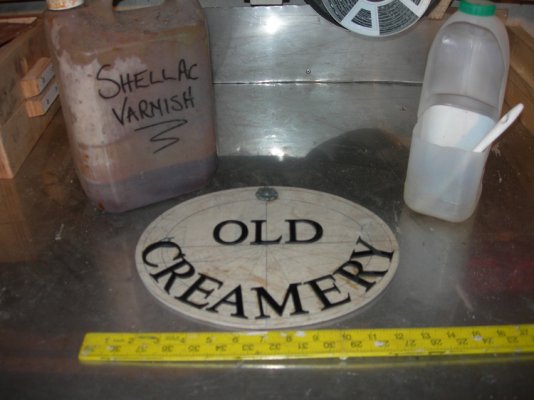
A coating of shellac made from poor little diddy widdy squashed beetles (apologies to Moo and Penners :lol: ) is applied to seal the wood to prevent sand sticking to the pattern later. There are pattern paints specifically made for coating patterns but shellac is perfectly good to use.
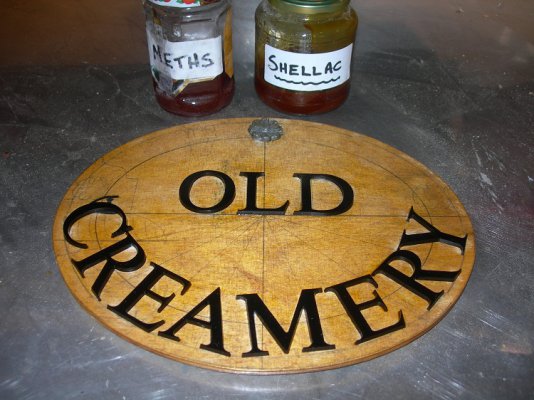
A friend asked me to make him a house nameplate for his son who has just restored a period property. As I want to explain each step of the way along with the photos it's going to take some time so bear with me.
As he wanted an oval plate I've cut one out of some quarter inch birch faced ply which is most suitable for pattern making as it has an unblemished smooth face and doesn't warp as much as other plywoods.

The plastic letters are fixed to the pattern with glue in the configuration that in this case was thought best mainly because of the greater number of letters in the second part of the house name. The font is Times New Roman mainly because that's the only ones I held on to when I retired!

A coating of shellac made from poor little diddy widdy squashed beetles (apologies to Moo and Penners :lol: ) is applied to seal the wood to prevent sand sticking to the pattern later. There are pattern paints specifically made for coating patterns but shellac is perfectly good to use.


